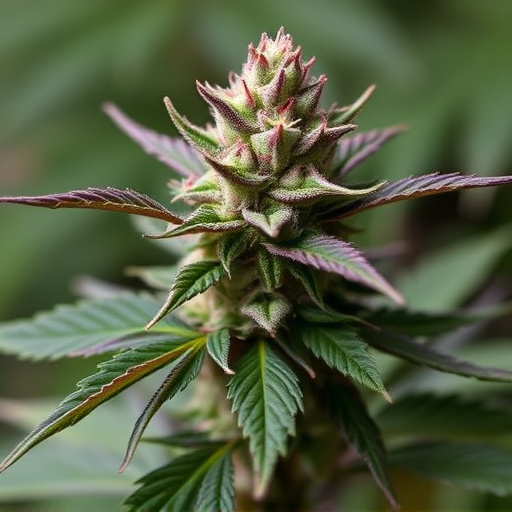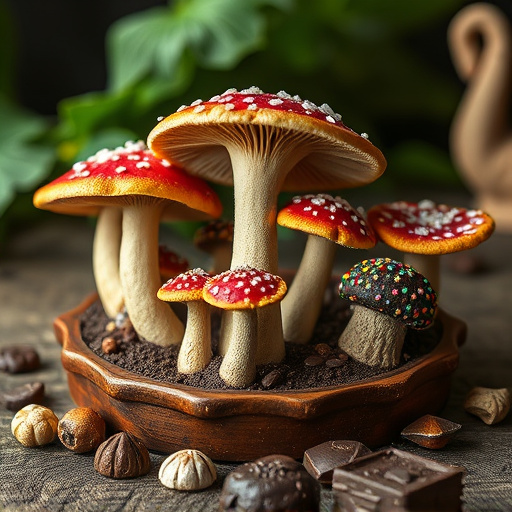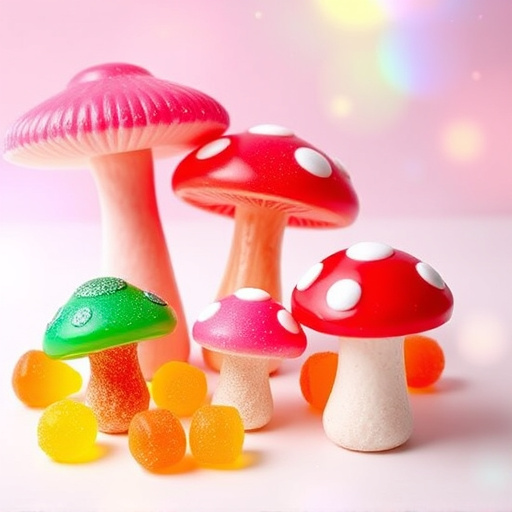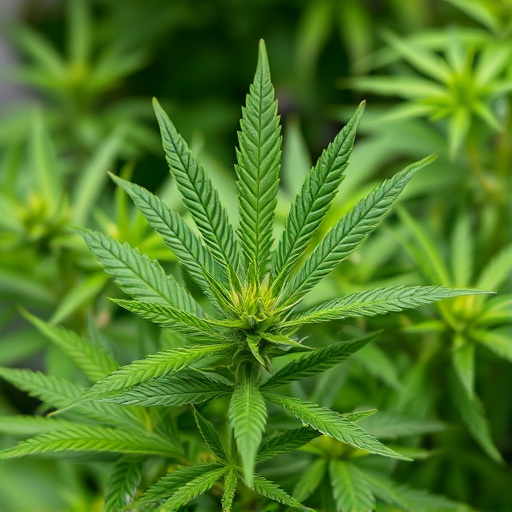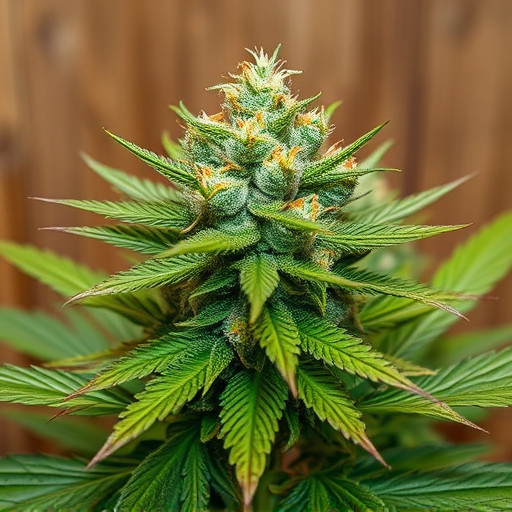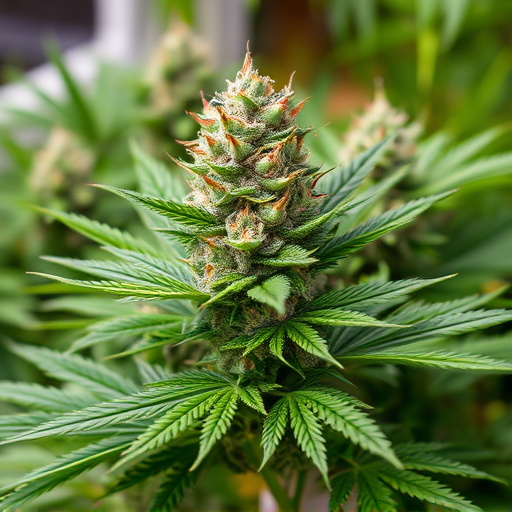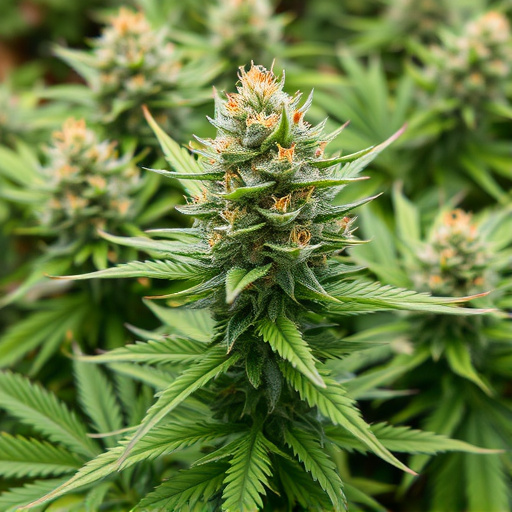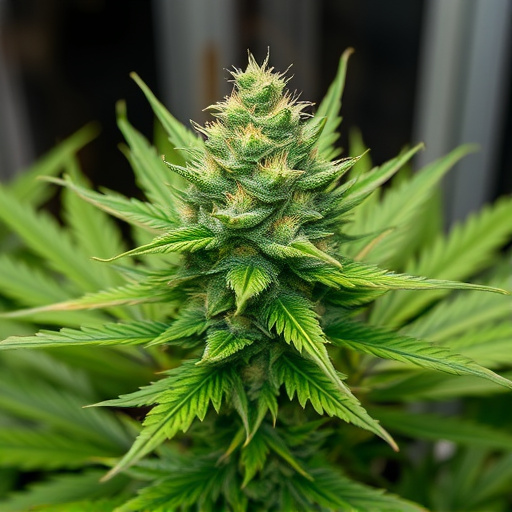Sun-Grown vs Indoor: Exotic Marijuana Strains thrive outdoors due to sunlight, offering unique flavors and effects but facing weather risks. Indoor cultivation provides control over environment for consistent quality but requires significant investment and labor. Exploring rare genetic varieties like Thai Sativa and Afghani Indica opens new medical potential and experiences but comes with sourcing challenges. Despite difficulties, the allure of natural cannabis and diverse strains remains strong.
“Unveiling the nuances of cannabis cultivation, this article delves into the captivating realms of sun-grown and indoor cannabis. Discover the benefits of natural sunlight, its challenges, and how indoor methods offer consistent growth. We explore the allure of rare, exotic marijuana strains, their unique characteristics, and where they thrive—whether in the sun or beneath fluorescent lights. By weighing pros and cons, cultivators can navigate this vibrant landscape to cultivate the perfect bud.”
- Sun-Grown Cannabis: Benefits and Challenges
- Indoor Cultivation: Advantages and Drawbacks
- Exploring Exotic Marijuana Strains: Where They Fit In
Sun-Grown Cannabis: Benefits and Challenges
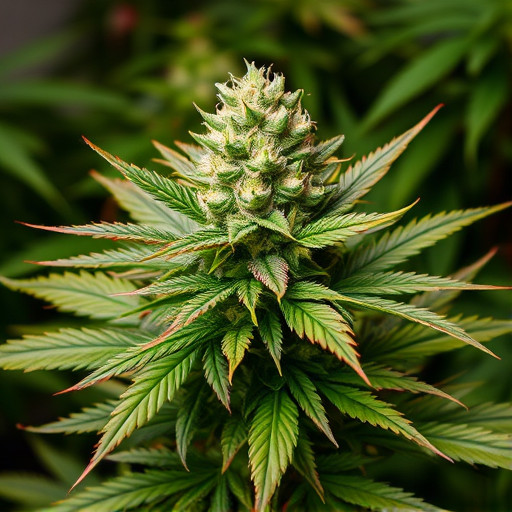
Sun-Grown Cannabis offers a unique set of advantages that indoor cultivation cannot replicate. One of its key benefits is the potential for superior quality and potency, as outdoor plants often receive more sunlight, leading to higher cannabinoid production. This results in what many enthusiasts refer to as “exotic marijuana strains” with distinct flavors and effects. The natural environment also encourages a robust immune system in the plants, making them more resistant to certain pests and diseases.
However, sun-grown cannabis does face several challenges. Outdoor cultivation is heavily dependent on climate conditions, making it less predictable and potentially limiting year-round production. Extreme weather events can devastate crops, leading to inconsistencies in supply. Additionally, securing outdoor grow spaces with adequate privacy and security can be difficult, especially in urban areas where demand for illicit cannabis remains high.
Indoor Cultivation: Advantages and Drawbacks
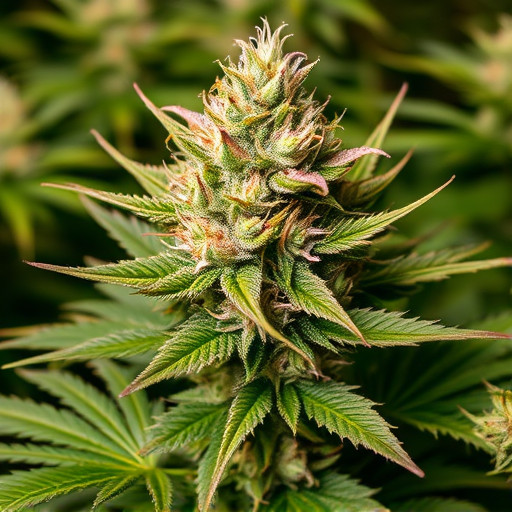
Indoor cultivation offers a controlled environment for cannabis plants, allowing growers to manipulate various factors like light, temperature, and humidity. This is particularly beneficial for cultivating exotic marijuana strains that thrive in specific conditions. Advanced indoor growing techniques enable year-round production, ensuring a consistent supply of high-quality buds. Growers can also protect their crops from external threats, such as pests and harsh weather, leading to healthier plants with reduced risk of disease.
However, indoor cultivation faces certain drawbacks. It requires significant upfront investment in equipment like lights, fans, and grow media, which can be costly for beginners. Maintaining optimal conditions consistently is labor-intensive, demanding regular monitoring and adjustments. Additionally, the lack of natural sunlight may impact the terpene profile and overall potency of the final product. These challenges highlight the importance of careful planning and expertise when opting for indoor cannabis cultivation.
Exploring Exotic Marijuana Strains: Where They Fit In
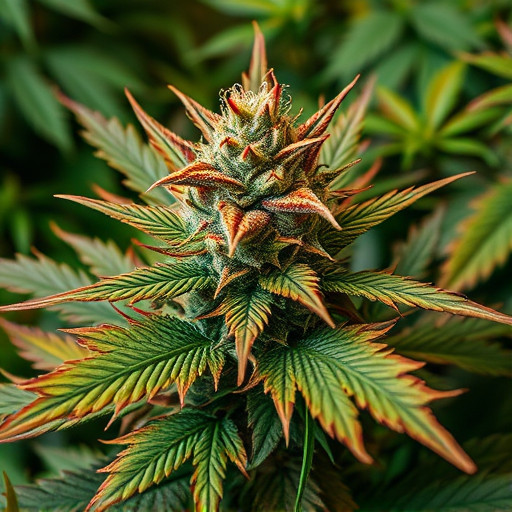
The world of cannabis cultivation offers a diverse range of possibilities, and one area that excites many enthusiasts is exploring exotic marijuana strains. These are varieties that have been cultivated over centuries in specific regions, developing unique genetic profiles and distinct characteristics. For instance, the renowned Thai Sativa or Afghani Indica have gained fame for their potent effects and aromatic profiles, attracting growers and consumers worldwide.
Grafting these exotic strains onto established cultivation practices can provide a wealth of benefits. They introduce new terpene profiles, potential medical applications, and unique flavors that enhance the overall cannabis experience. Growers can experiment with different environmental conditions to uncover the optimal settings for these rare strains, further expanding their knowledge and skillsets. However, sourcing and propagating exotic marijuana strains may be more challenging due to limited availability and specialized cultivation requirements.
In the ever-evolving cannabis landscape, understanding the nuances of sun-grown versus indoor cultivation is essential for both growers and consumers. Sun-grown cannabis offers a natural, outdoor experience with distinct flavor profiles, but it faces challenges like unpredictable weather and limited control over environmental factors. Indoor cultivation provides year-round consistency and advanced cultivation techniques, yet it may lack the unique characteristics of sun-grown plants. Exploring exotic marijuana strains further expands the diversity, catering to diverse consumer preferences. Ultimately, the choice between sun-grown and indoor cannabis depends on personal taste, accessibility, and the specific benefits sought by growers and users alike.
